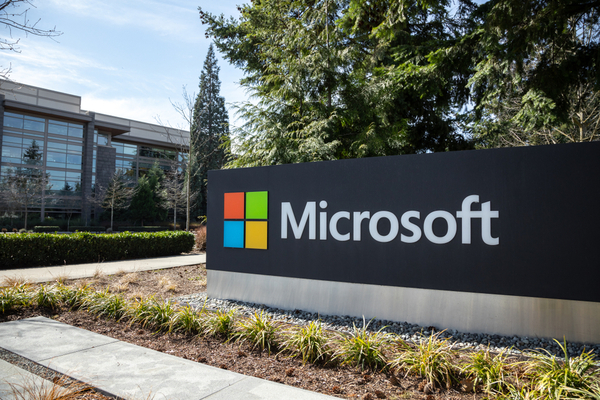Microsoft has agreed to support the development of 10.5 gigawatts of new renewable energy capacity around the world, a massive amount of electricity to fuel its AI ambitions and climate goals.
As The Verge reports, to put that number into perspective, 10.5 GW of renewable energy amounts to nearly half the amount of solar and wind capacity California had in 2022. This is quite literally a very big deal — effectively the largest corporate agreement to purchase renewable energy to date, according to BloombergNEF. Microsoft inked the agreement yesterday with Brookfield Asset Management, which said the deal is almost eight times bigger than what was previously the single largest corporate power purchase agreement ever signed.
Microsoft is pumping a lot of its resources into AI offerings for its customers, investing more than $13 billion in OpenAI. AI is notoriously energy-intensive, which risks pushing the company’s greenhouse gas emissions up as its data centers gobble up more and more electricity. That’s a problem if Microsoft is serious about its commitment to achieving carbon negativity by the end of the decade. It’ll need a lot more renewable energy online around the world to keep its carbon footprint from growing.
BloombergNEF estimates that it could cost between $11.5 to $17 billion to build out that much new capacity, which is supposed to come online between 2026 and 2030. (Microsoft and Brookfield declined to confirm the dollar amount on the record.) Brookfield says the deal allows it to invest in new renewable energy projects across the US, Europe, Latin America, Asia, and the Pacific. Microsoft would purchase power generated in each new location.
Microsoft has previously committed to matching 100 percent of its electricity use with carbon-free energy purchases by 2030. It can’t do that without more wind and solar farms connected to the grid, which it’s helping to do with this deal.
To be carbon negative by the same date, it’ll need to capture any remaining emissions it hasn’t been able to reduce with clean energy. But carbon capture is still prohibitively expensive and unproven at scale, while solar energy has become the cheapest power source in history.
“Microsoft wants to use our influence and purchasing power to create lasting positive impact for all electricity consumers,” Adrian Anderson, Microsoft general manager of renewables, carbon free energy, and carbon dioxide removal, said in a press release.
Power grids need all the added capacity they can get since new AI data centers are expected to put more pressure on them. AI could burn through 10 times as much electricity in 2026 as it did in 2023, according to the International Energy Agency.
—
Photo Credit: VDB Photos / Shutterstock.com
